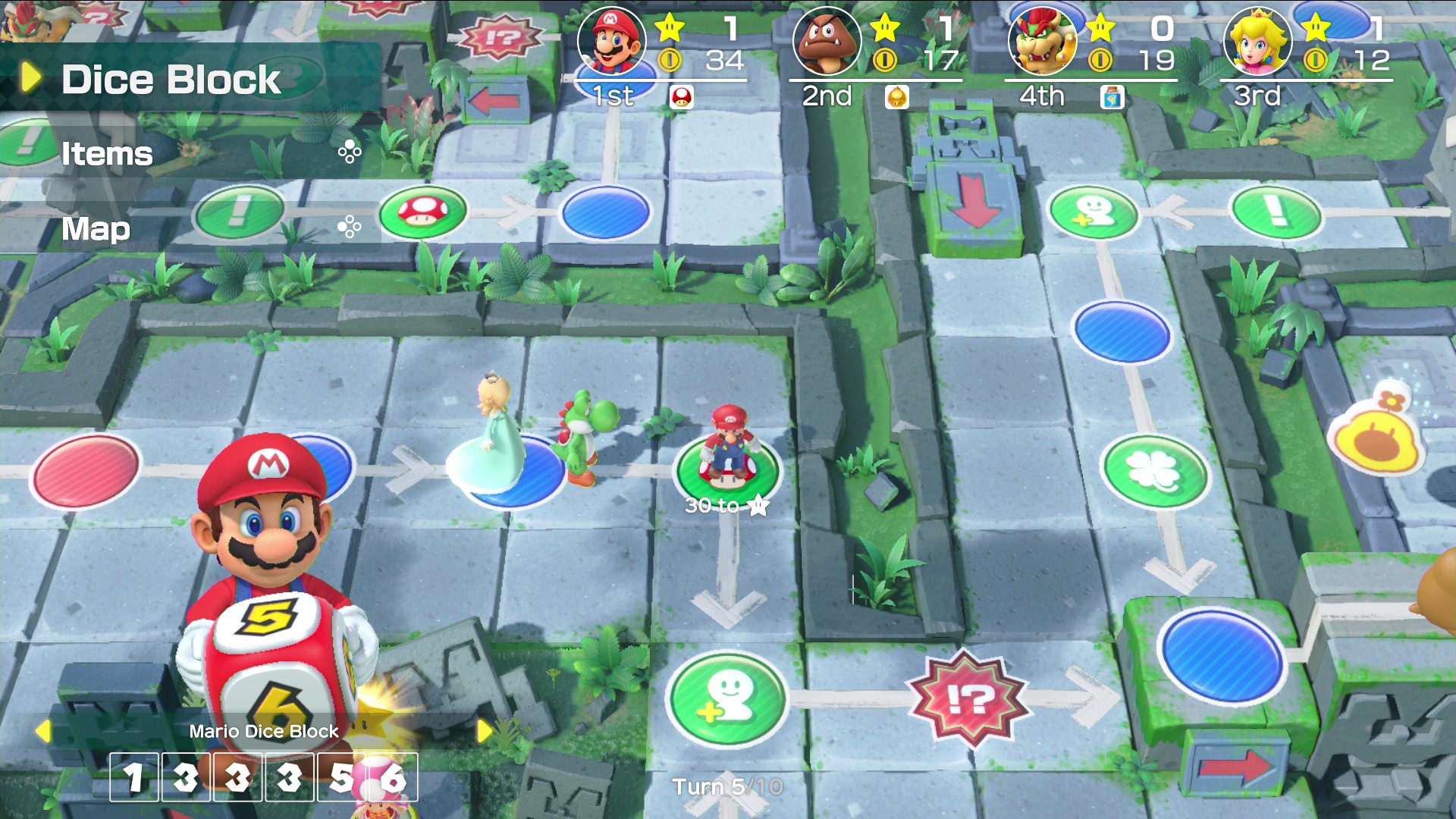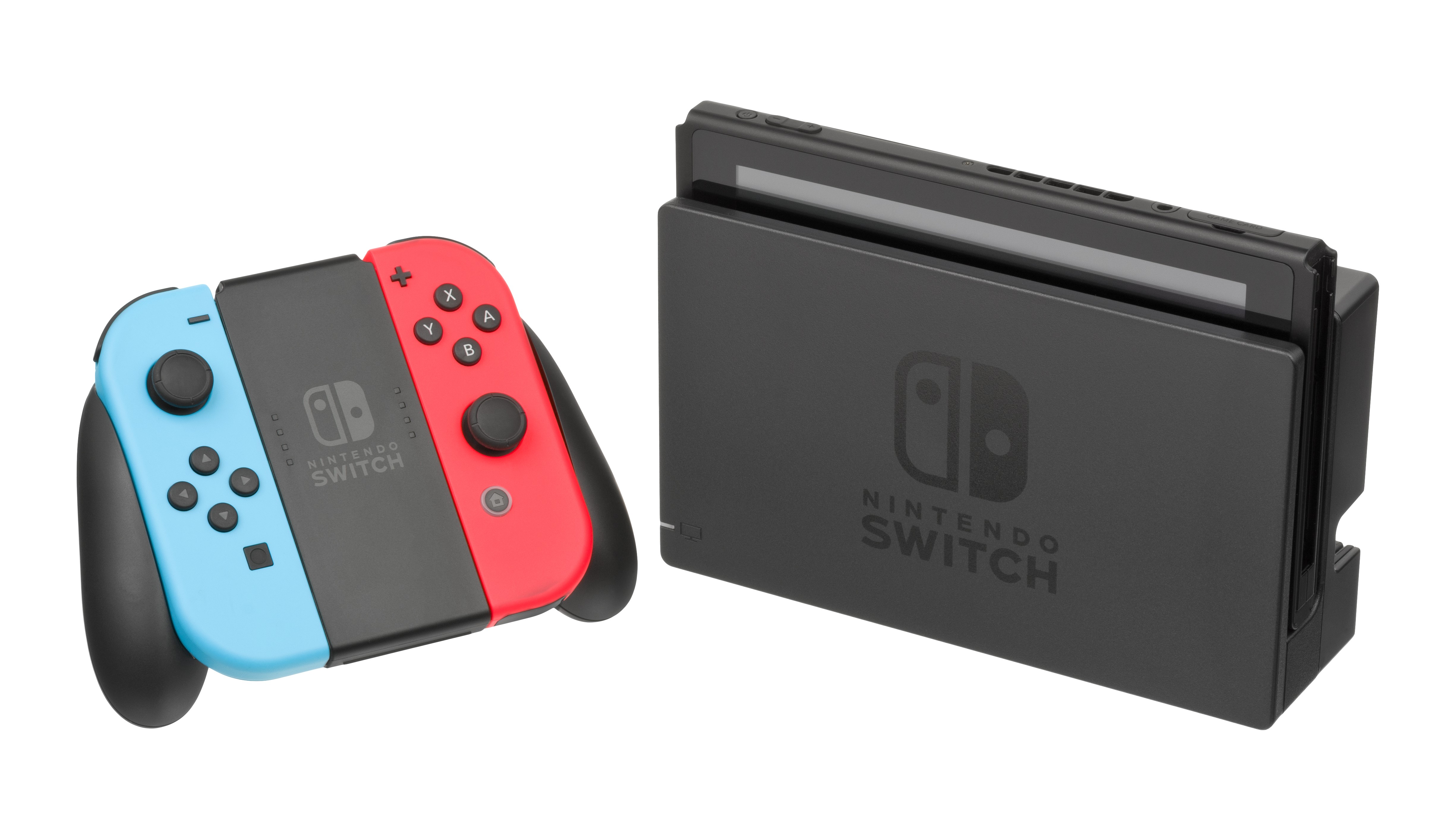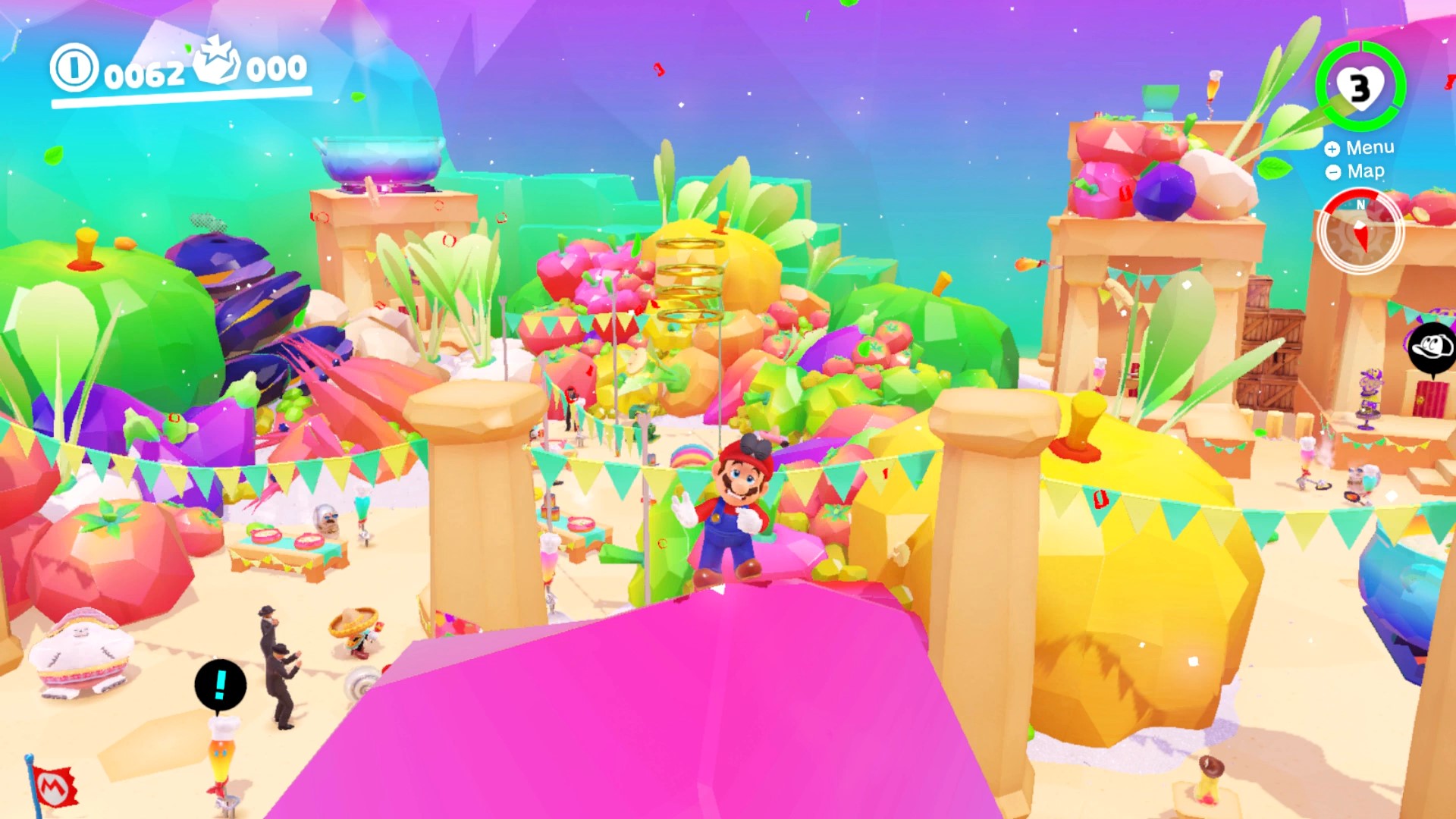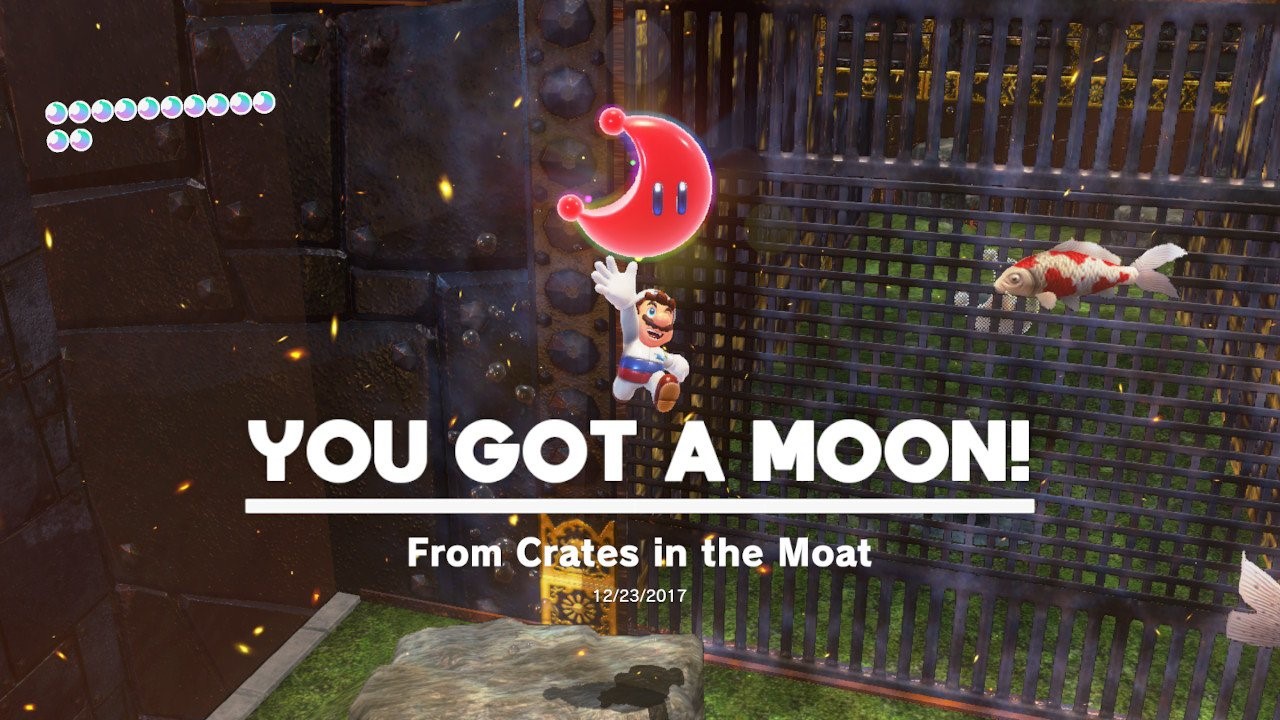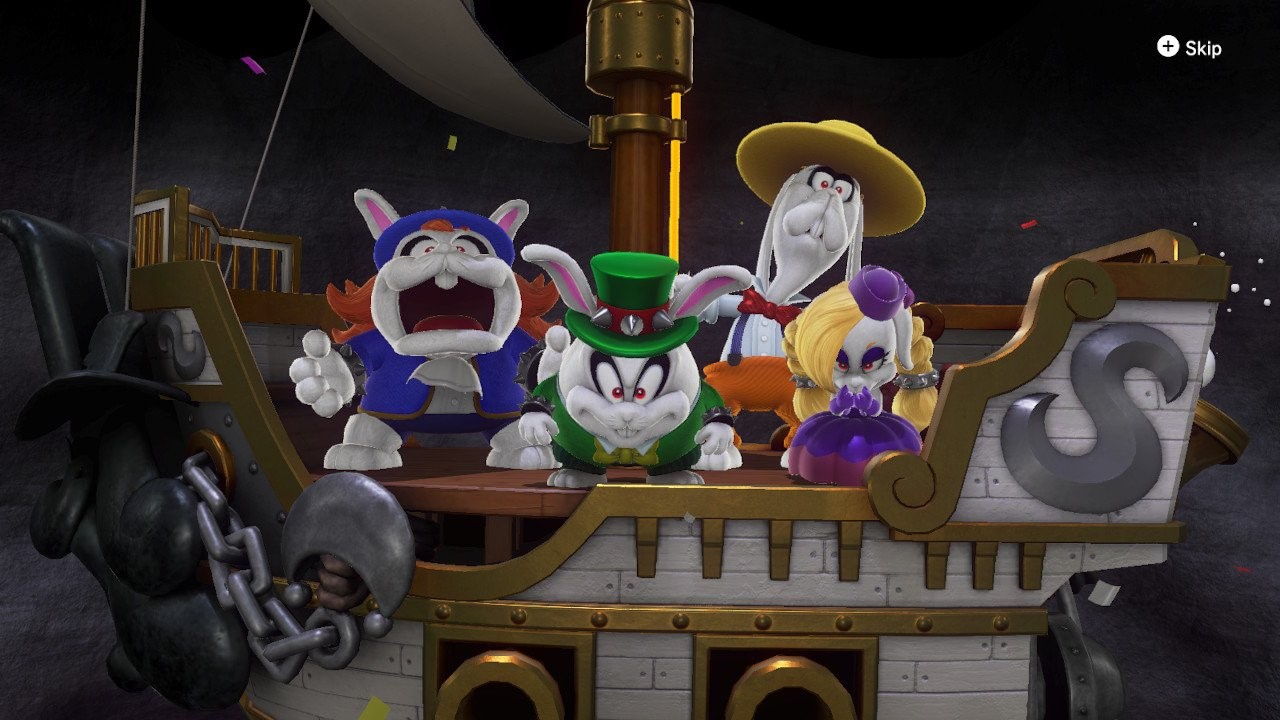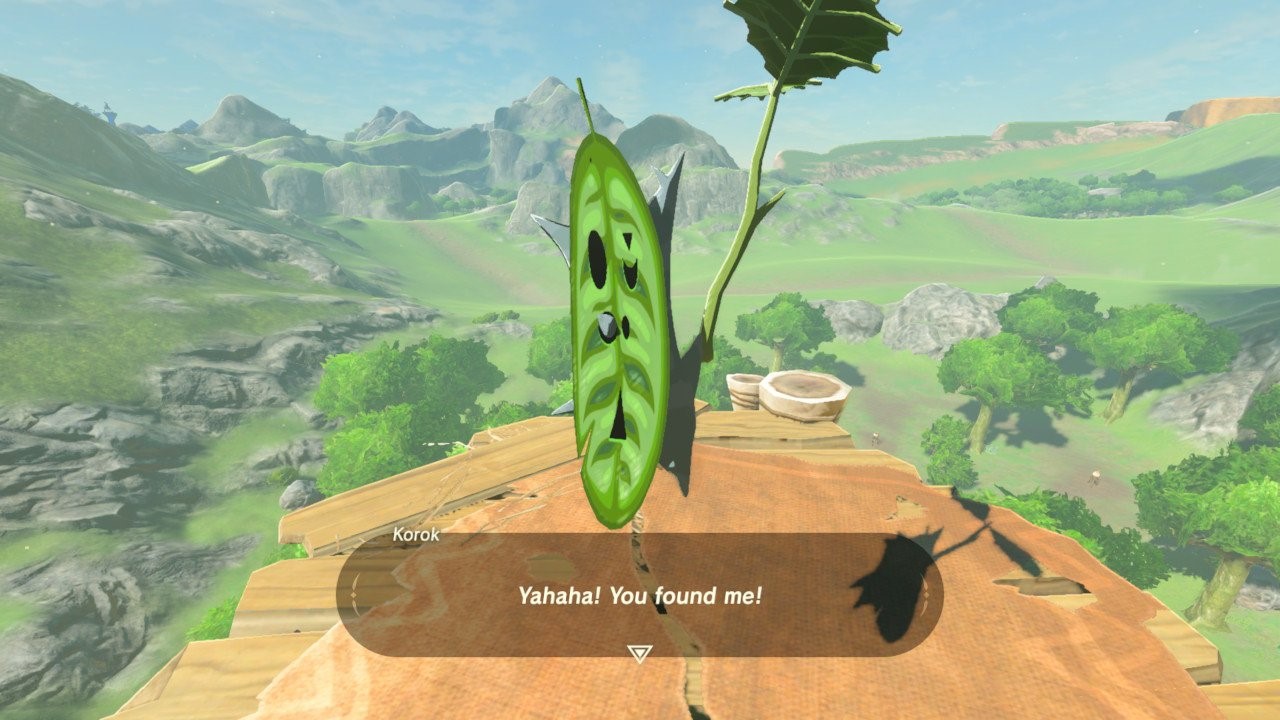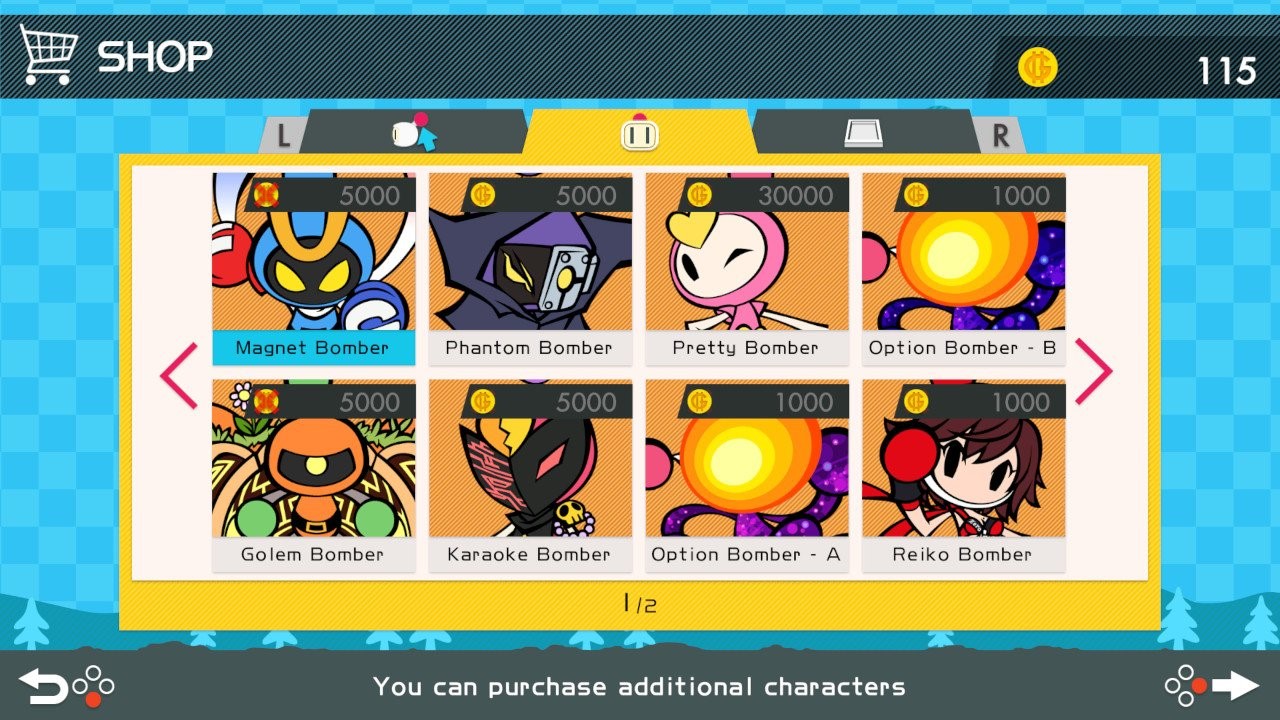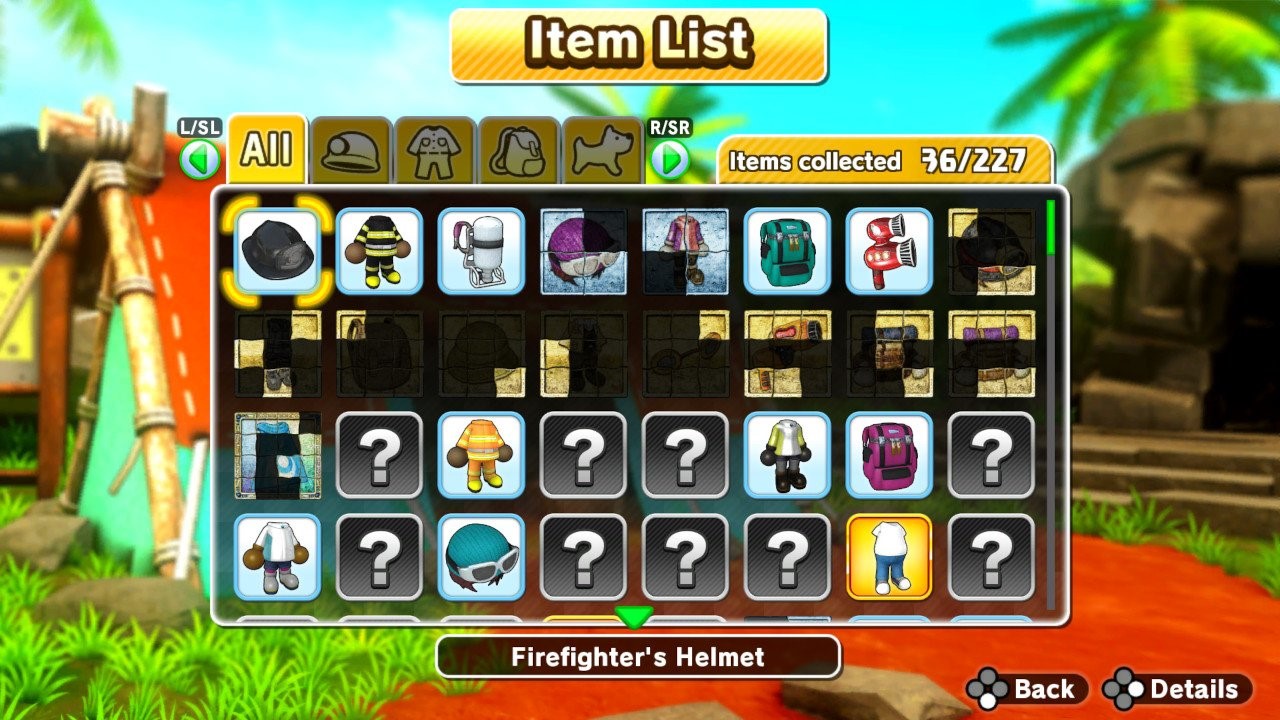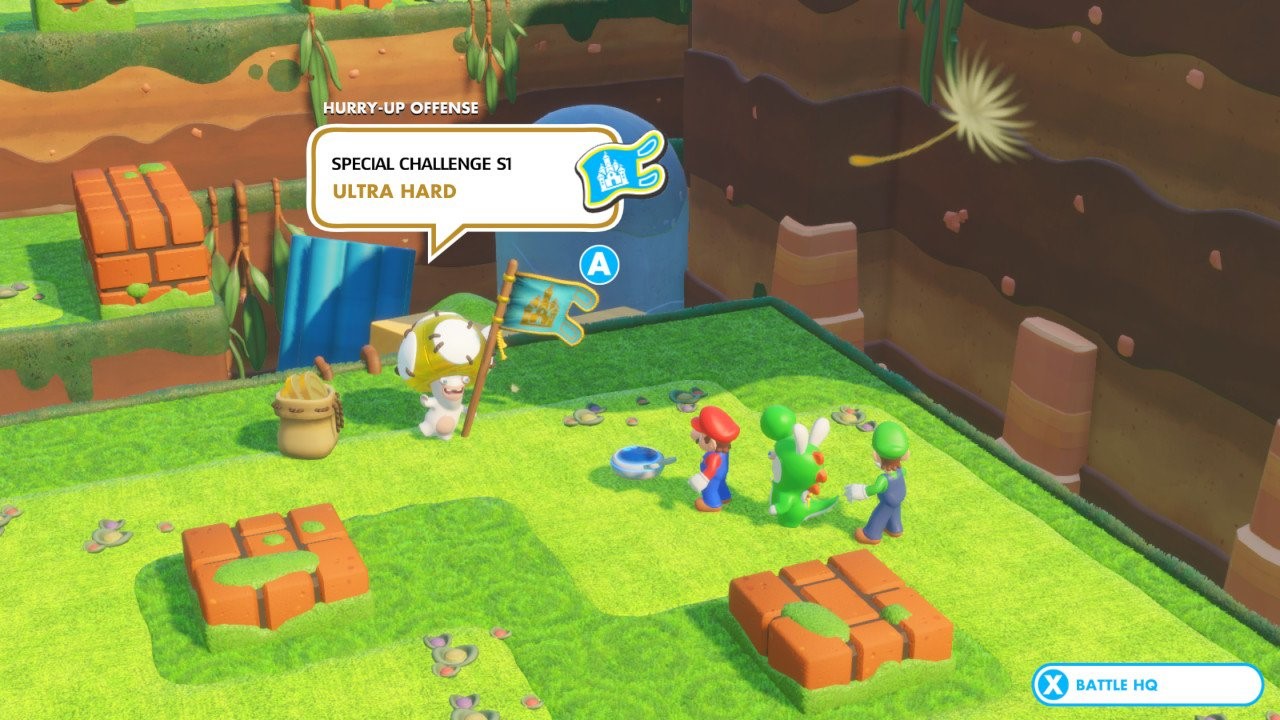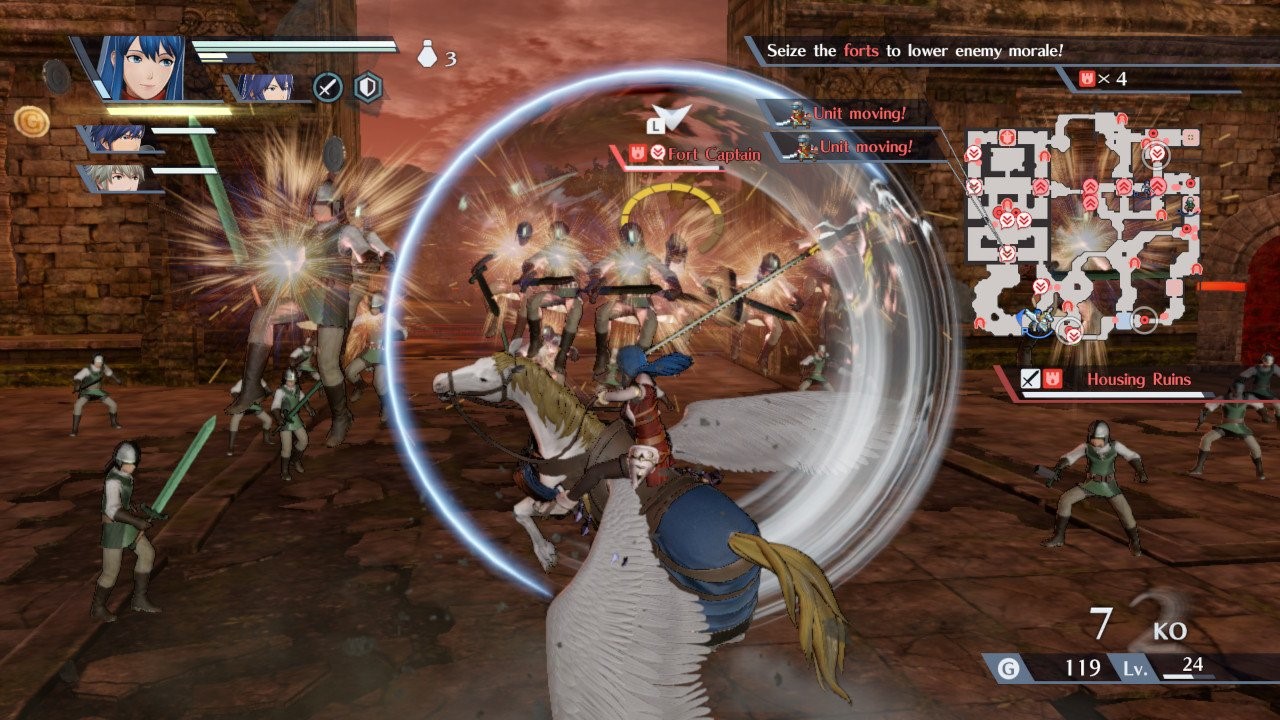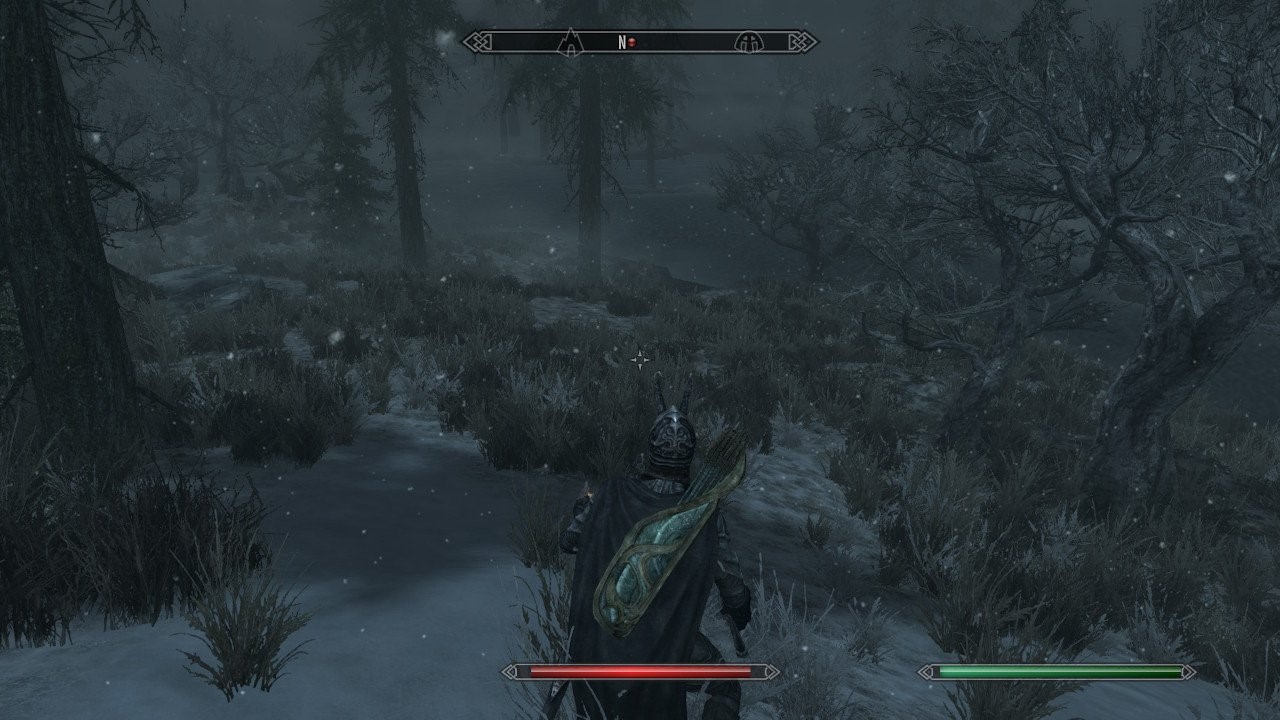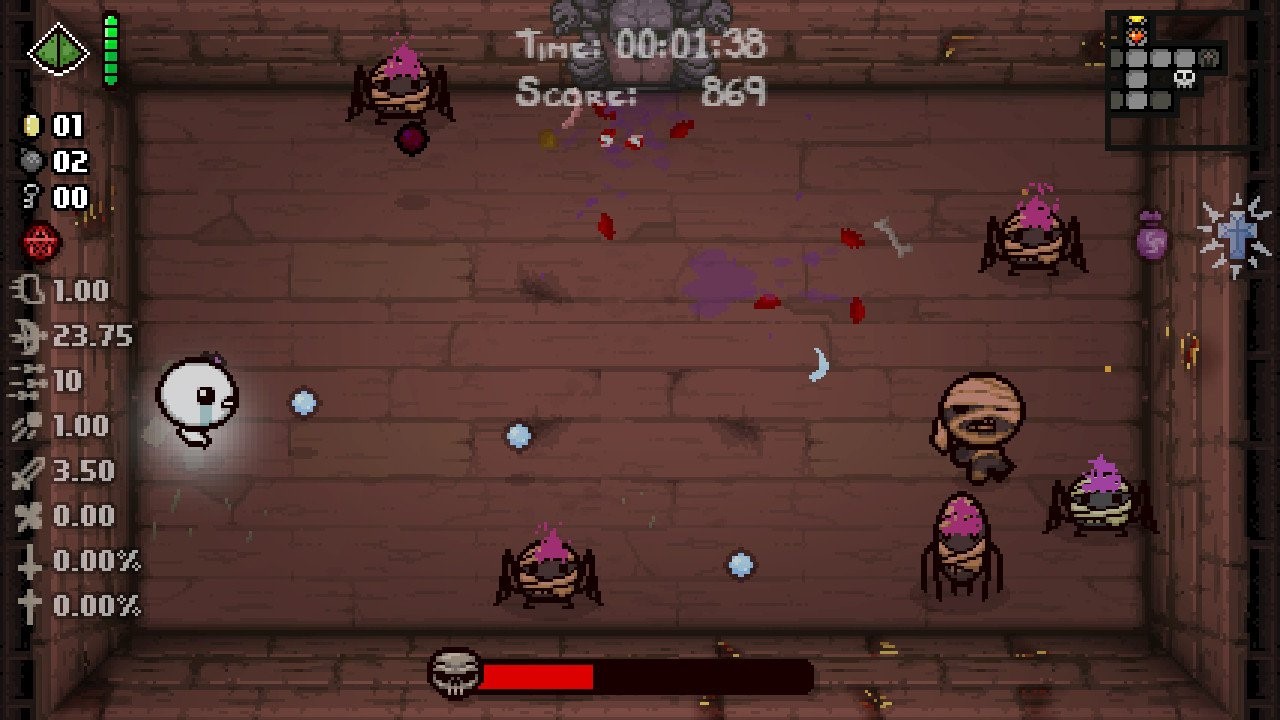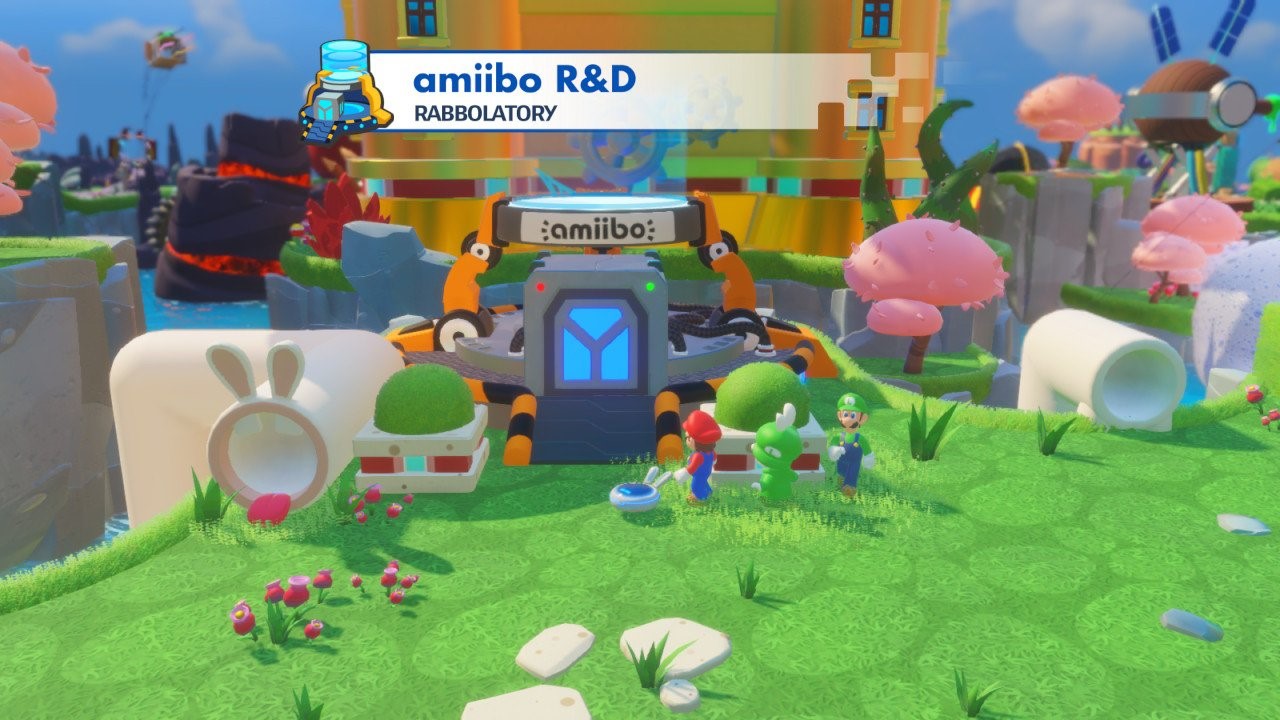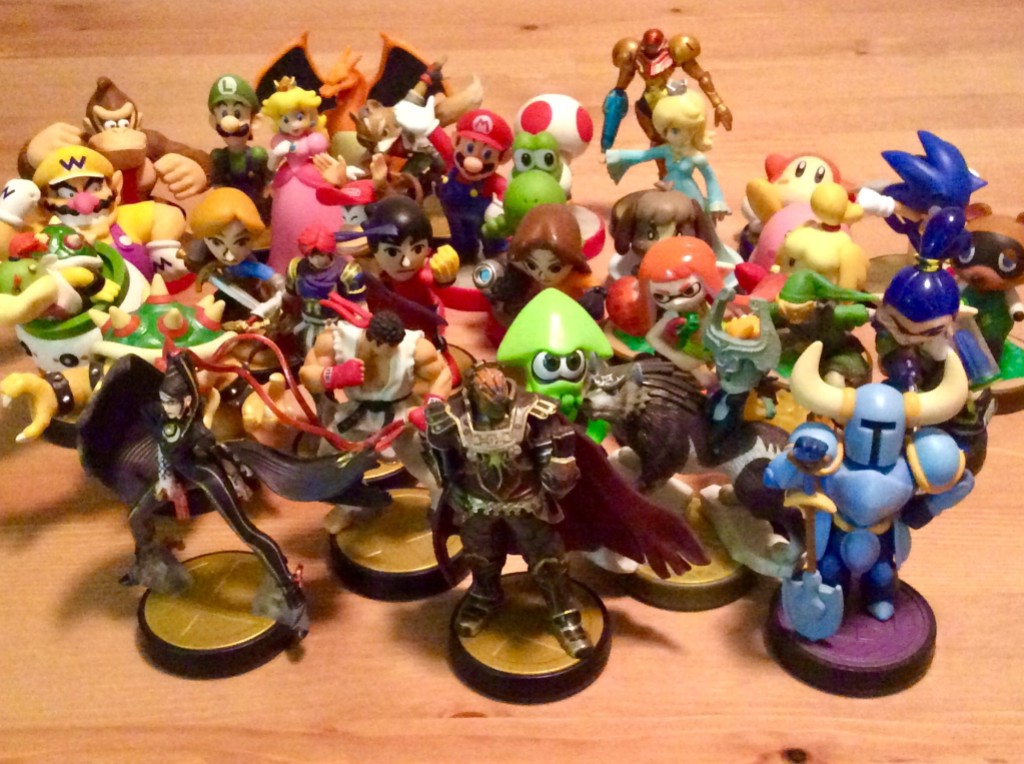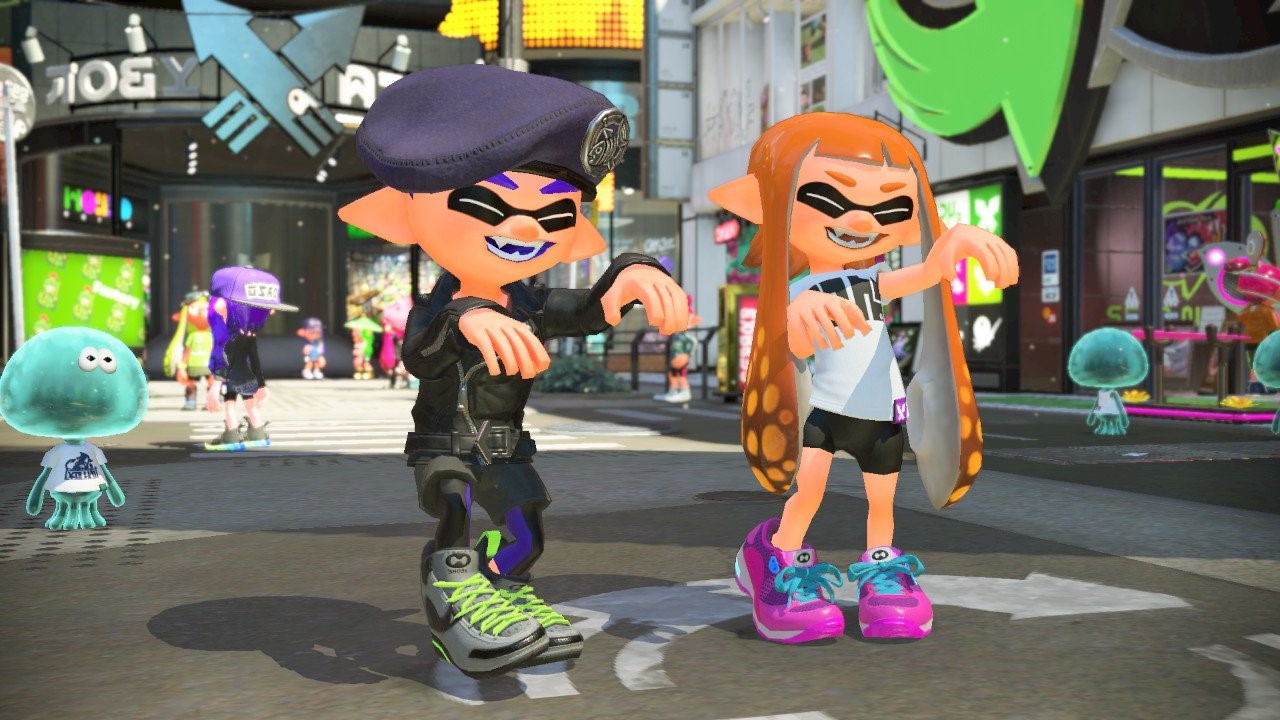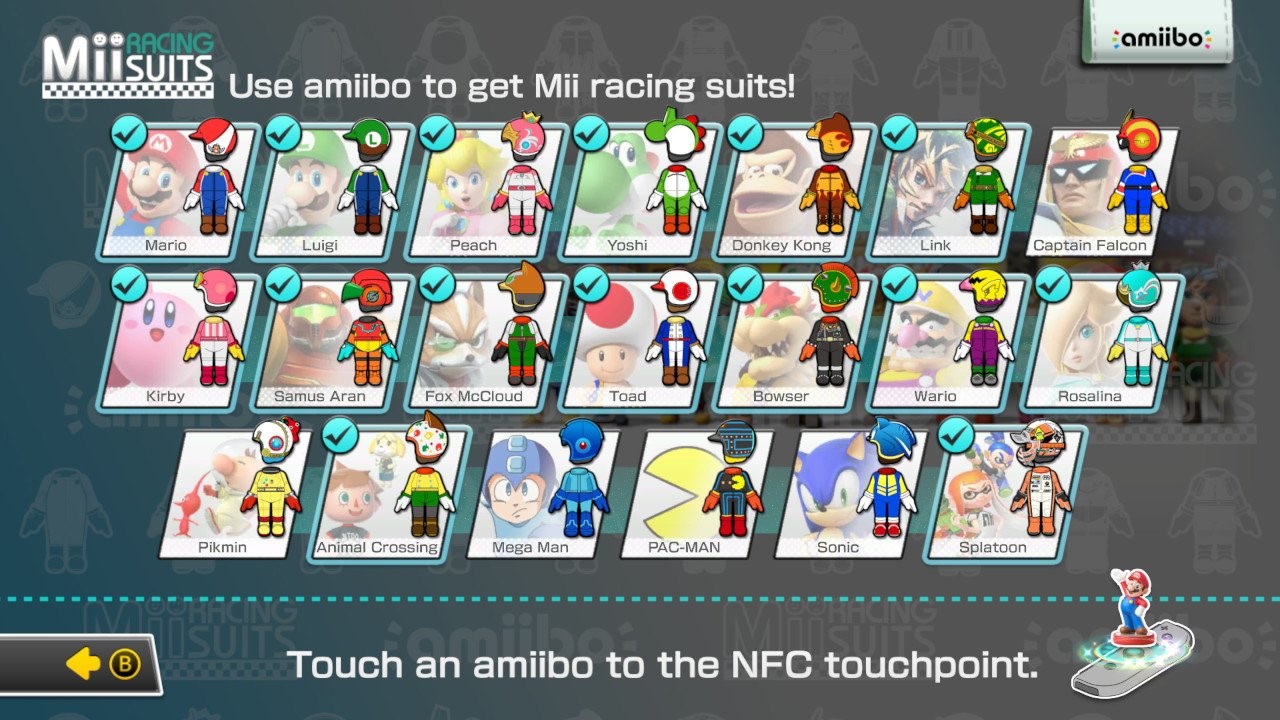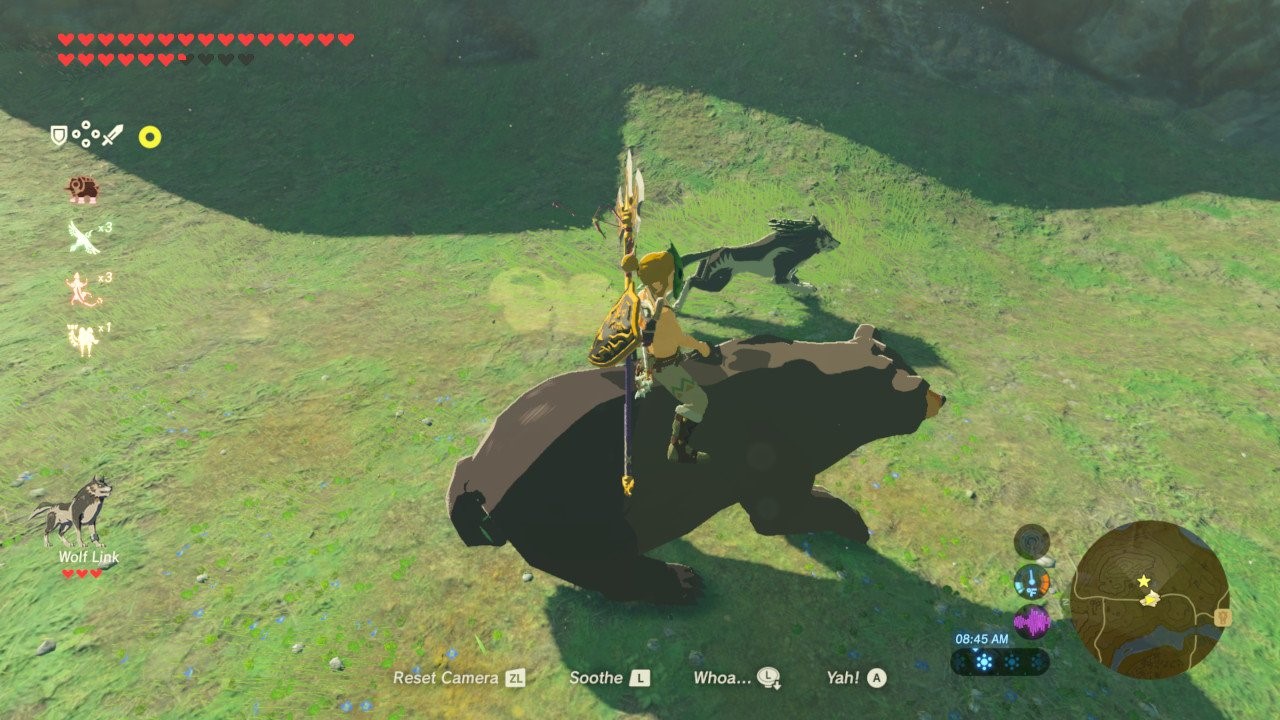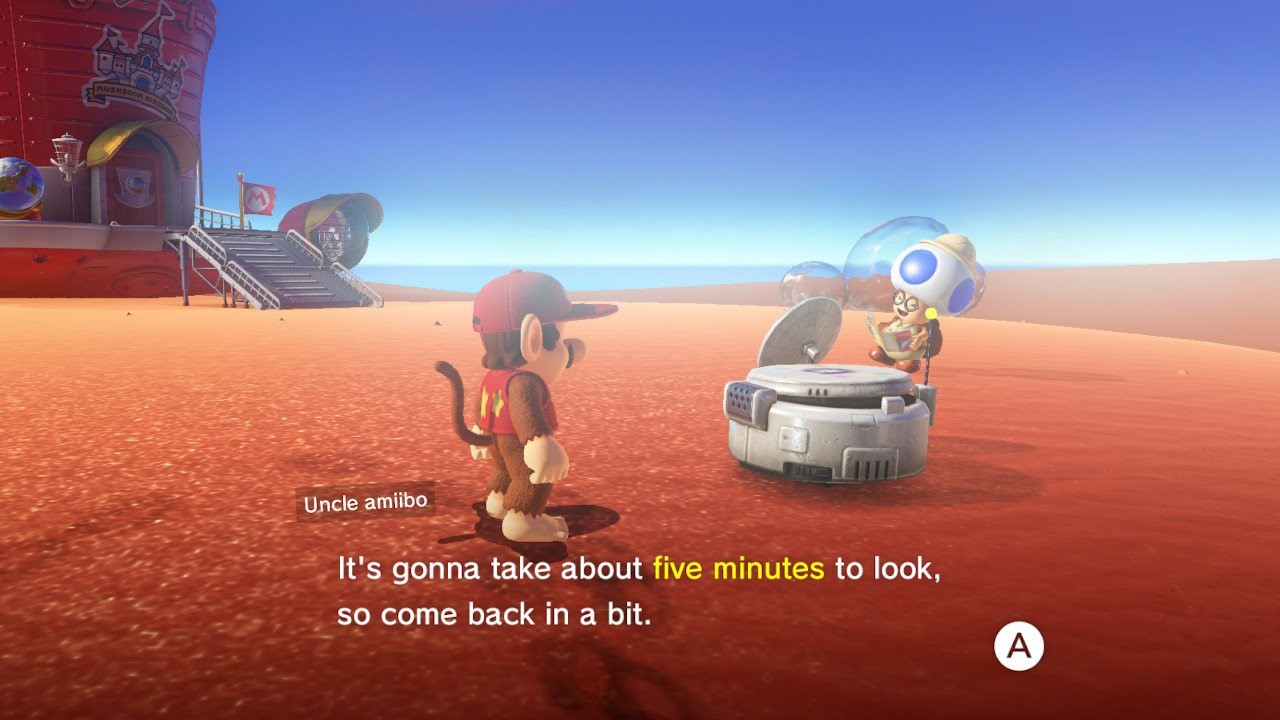Who needs Mother 4 when we can have Mario Party 19?
Super Smash Bros. Ultimate has stirred quite a bit of commotion over the last few months. With 103 stages, over 70 playable characters, and a whole swarm of entitled fans, Ultimate has become a Cthulhu of the gaming world. While the aforementioned fans demand more features and options, others have wondered how Nintendo will ever create another Smash Bros. after this one. Some have suggested that the series could end with Ultimate, making way for “expansions” rather than full-blown sequels, similar to how Capcom has bled dry each Street Fighter. Otherwise, Nintendo (specifically Masahiro Sakurai) would be tasked with making a new Smash game even more ultimate than Ultimate or face suffocation by the fanbase’s discontent.
The Smash series will continue until Nintendo dies, but the above conundrum presents an interesting question: Should a successful series conclude with a spectacular entry or die in an implosion of critical and commercial failure? Several video game franchises have fallen to a singular bad game whereas others have decomposed like the living dead, shambling on with subpar but commercially successful games. Command & Conquer and Turok serve as examples of the former while Five Nights at Freddy’s and Dynasty Warriors (to a lesser extent) represent the zombies.
With this article, I intend to take a stab at video game IPs which may need to retire. For many of these series, the retirement can be temporary, and the developers can use the time off to figure out what made their franchises truly great. Alternatively, the developers could focus on new content. By no means is it an easy task to determine which IPs should take a break. In selecting my four suggestions, I focused on some basic questions:
- Has the IP had a string of poor games?
- Does the IP repeatedly recycle the same formula for each new entry?
- Is the IP’s design space limited? In other words, can the IP’s core gameplay be expanded, or have the developers exhausted all relevant changes and improvements?
- Have recent changes to the IP hurt the core gameplay?
I’ve considered several franchises, and not everyone will agree with my inclusions/omissions. That’s called sentience. I have a comment section for people to rage when they find I haven’t included Call of Duty or Mario Tennis. I also have a Contact page for death threats, so your options are limitless.
Let’s get to it.

The Binding of Isaac:
Metaphysically, there has only been one the Binding of Isaac. However, in the seven years since its release, it has spawned a remake, three expansions, four “booster packs,” an upcoming prequel, and a Kickstarter-backed card game. Apart from releasing its own brand of craft beer, Isaac has done it all and then some. That’s the problem.
As covered in my review and probably a video or two, Isaac has become diluted with its content. With so many bad items, annoying enemies, and questionable gameplay mechanics, the IP has committed the sin of gluttony and strayed from the holy light of Rebirth. A sequel won’t necessarily fix this issue. If a sequel releases less content than the current Afterbirth+, it may feel like a step back. If Nicalis goes the Smash Bros. route and produces an even larger game, the result may just be a messier, bloated version of Afterbirth+. Judging from the recent booster packs, Nicalis may not even have enough ideas to support either type of sequel.
Isaac could potentially reinvent itself by transitioning from a 2D- to a 3D-perspective, but I doubt it could retain its identity with such drastic changes. As much as I adore the game, I could accept the IP ending as it is now and never returning, barring a remaster or similar product. Edmund McMillan and Nicalis produced a deeply intricate and satisfying cult classic. Not all IPs need to grow into monster franchises. Some can die young and pure in a chest.

3D Sonic:
Although Sonic may have experienced a comeback with Sonic Mania, his three-dimensional escapades continue to search for success in a dung heap. Sega won fans with the initial two Sonic Adventure games, but almost every other 3D Sonic outing since then has sucked. The Sonic Team seems to no longer understand how to handle the hedgehog. Instead, they appear hellbent on subjecting their mascot to increasingly strange situations. They’ve dabbled with hedgehogs with guns, hedgehog-human romances, werehogs, hedgehogs with swords, and playable DeviantArt fan fictions. They have yet to experiment with critical acclaim.
The fan base doesn’t ask for much. They want a straightforward Sonic game. We can long for a day when the blue blur once again rivals Mario in quality, but after generations of consoles of bad games, we need to let this animal die. Considering the success of Sonic Mania, you’d hope that an outside development team could create a stellar 3D Sonic game. That was tried once, and it’s called Sonic Boom.
With his two-dimensional personality, Sonic fits perfectly with his side-scrolling roots. While PagodaWest Games and Headcannon produce Sonic Mania 2 and Sonic Mania 3 with Knuckles, the Sonic Team can hibernate and dream how to nail the 3D formula. The Sega front man deserves to be remembered as one of the greatest icons in gaming, but if he follows his current trajectory, he’ll continue crashing as one of the biggest has-beens.

Mario Party:
Once October hits, Super Mario Party may make me regret naming the Mario Party franchise in this list. This entry does away with the everyone-in-one-vehicle stupidity and returns to the original formula. Nintendo has revealed an interesting new cooperative mode, and the Switch-to-Switch interactivity looks promising. There’s a ton of potential. It’ll probably be mediocre.
Despite its enduring appeal, the series has declined in quality since its debut. Each entry has its shining moments, but the IP has never overcome its core issues: slow gameplay, inconsistent mini-game quality, and limited customization options. Each sequel introduces a few new gimmicks while programming a few more annoyances. As such, the Mario Party series has made a profit shuffling forward and back in the exact same spot.
Although the Wii U iteration makes alcohol poisoning at a frat party seem appealing, none of the Mario Party games have been bad, per se. They’ve just become gradually staler. Like with Call of Duty, gamers will complain about each new Mario Party while paying full price for next entry. If any franchise deserves an “Ultimate” version like Smash Bros., it’s this one. However, with the Top 100 being released last year, we likely won’t see this party to end all parties. After 20 years and 19 games (including the e-reader edition and Wii/Wii U Party), it’s time to lock the alcohol cabinet and endure the hangover before any more shindigs.

Runner:
The Runner series originated within another IP, Bit.Trip. This WiiWare darling produced six games rooted in simple yet inventive graphics, gameplay, and music. Apart from the Pong-based first and last games, each Bit.Trip played uniquely from the rest and demonstrated the creativity and genius in their developer, Gaijin Games (now Choice Provisions). Runner, the fourth Bit.Trip game, was THE auto-runner before the auto-running craze and stood out as the best entry in the series for many fans.
With Runner2: Future Legend of Rhythm Alien, the developers realized the full potential of the original idea. The game offered a massive slew of levels, an impactful glide mechanic, a lush soundtrack, and a quirky atmosphere narrated by Charles Martinet. Runner3 tried to further flesh out the auto-runner and ended up making the core concept obese. New mechanics felt like needless gimmicks; what once was quirky was now grotesque and strange; and players were forced to replay stages again and again for extra content like some Groundhog Day hell.
Similar to the Binding of Isaac, not all IPs need to grow into expansive franchises, and Runner deserved one sequel, nothing more. The lackluster third entry demonstrated that Choice Provisions can churn out sequels by simply swapping out graphics and music, if they so wish. However, no matter how many bells and whistles they might program, the Runner concept can only stagnate or deteriorate from here. This IP need not last for marathons.
Rounding to the Retirement Home
Given competent developers, ample resources, and sufficient time, all of these IPs could thrive, but we’re dealing with cold, cruel reality. Zelda accumulates accolades like a black hole while Kirby skirts around mediocrity and greatness while Resident Evil claws its way back from obsolescence. While these franchises endure, some of the stragglers can be left behind, allowing developers to revive dead IPs. If Sega didn’t revolve around Sonic, imagine what they could do with another Jet Set Radio or Super Monkey Ball. What if the next Advance Wars or F-Zero came out in a few months rather than Super Mario Party? Wishful thinking or not, there are enough forgotten series and new ideas deserving of attention that current developers need not rehash existing concepts until all value is gone. Let Old Yeller go.

